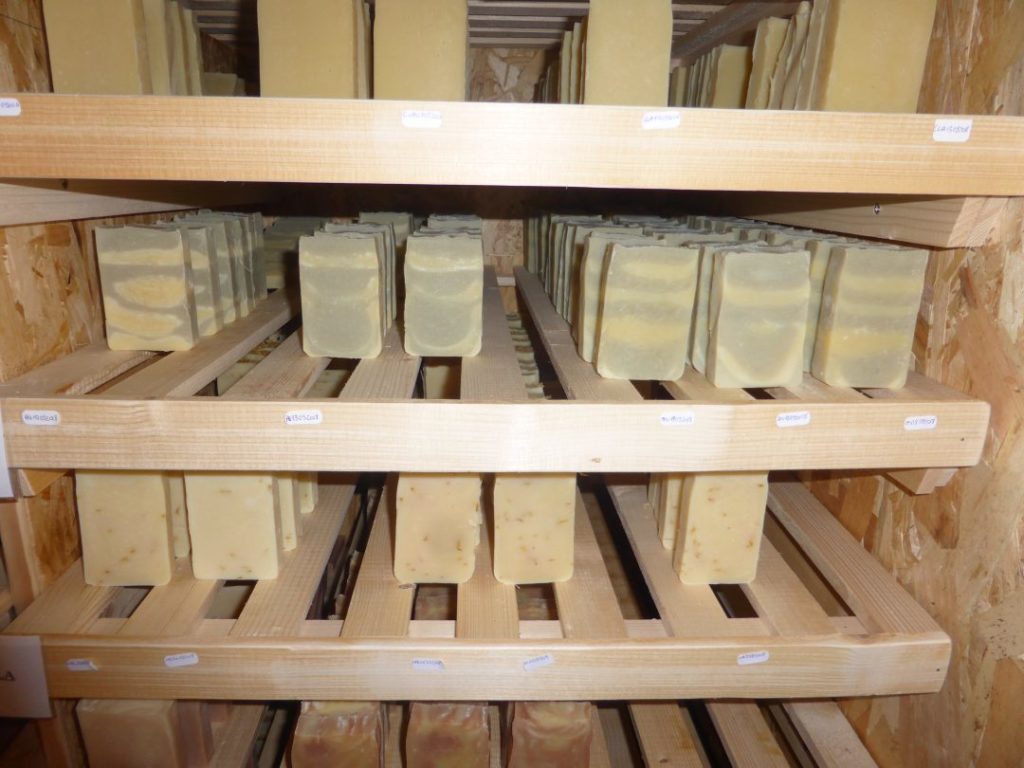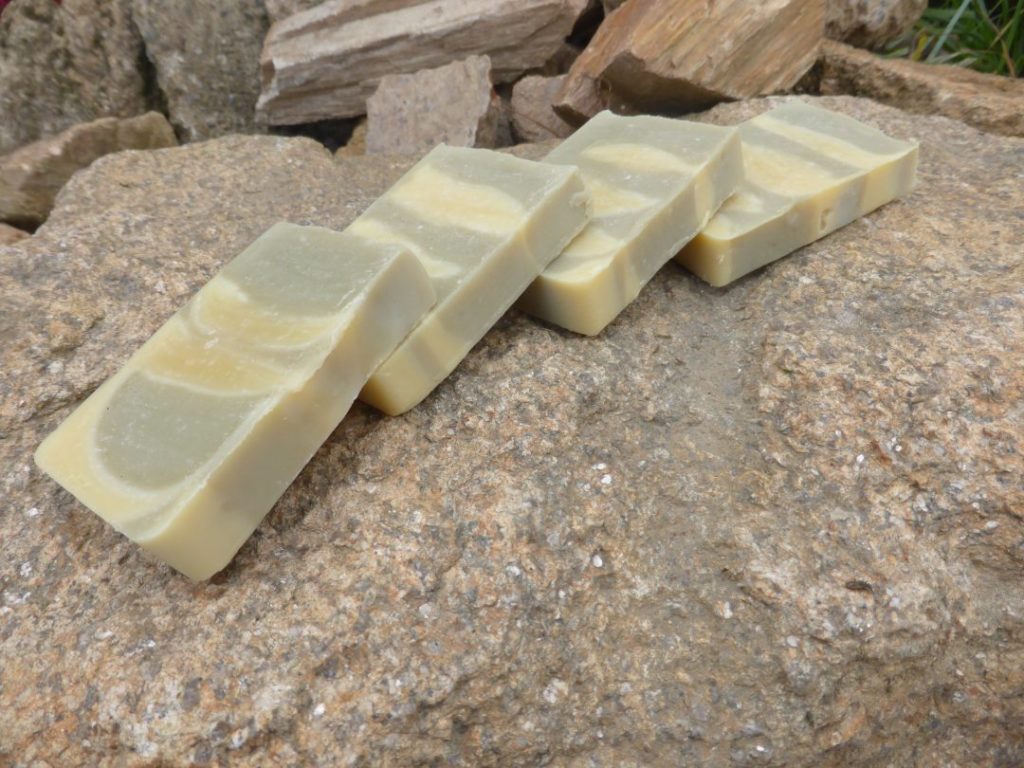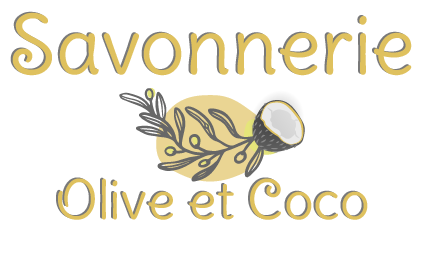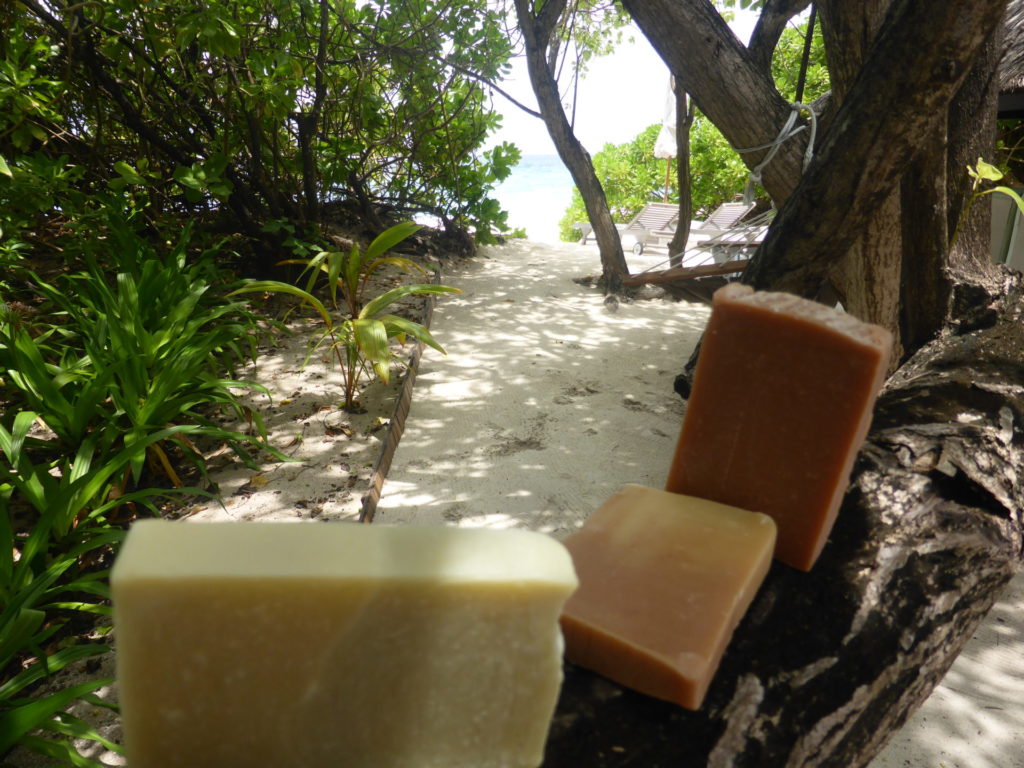Manufacturing of a soap
Manufacturing of a soap
The saponification
Soap is the result of a chemical reaction between a fatty body and a strong base (sodium hydroxide).
Each of these phases (aqueous phase and oily phase) are mixed in quantities and at specific temperatures. Oils and butters in contact with sodium hydroxide are transformed into soap. This chemical reaction is called: saponification.
Each of these phases (aqueous phase and oily phase) are mixed in quantities and at specific temperatures. Oils and butters in contact with sodium hydroxide are transformed into soap. This chemical reaction is called: saponification.
method for manufacturing
The cold manufacturing process is a craftsmanship method performed at room temperature and does not require cooking. So 100% of the glycerin produced during saponification stays in the soap. Glycerin provides soap with its essential moisturizing properties for the greatest pleasure of your skin.

Drying
The long ambient air drying process (minimum four weeks) allows the saponification to end well. This cure allows soap to dry and gives it a natural hardening, without synthetic additive.
Colors & flavors
All colour variants and scents are the specificity of each recipe. So for the color I use clays, flower petals, etc. and for perfumes I create a synergy of one to three essential oils.


All my soaps have 7% to 8% overfat. That’s the proportion of oily body that’s not processed into soap.
My soaps have no chemical preservatives, no synthetic fragrance, no artificial dye and no palm oil.
The natural and human environment is close to my heart, and that’s how I see my soaps.
My soaps have no chemical preservatives, no synthetic fragrance, no artificial dye and no palm oil.
The natural and human environment is close to my heart, and that’s how I see my soaps.

